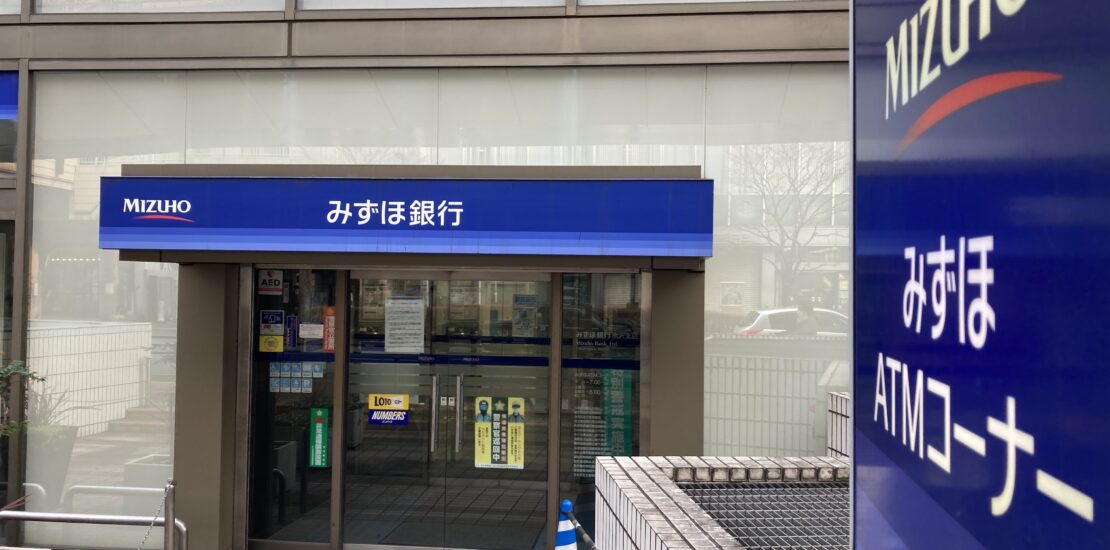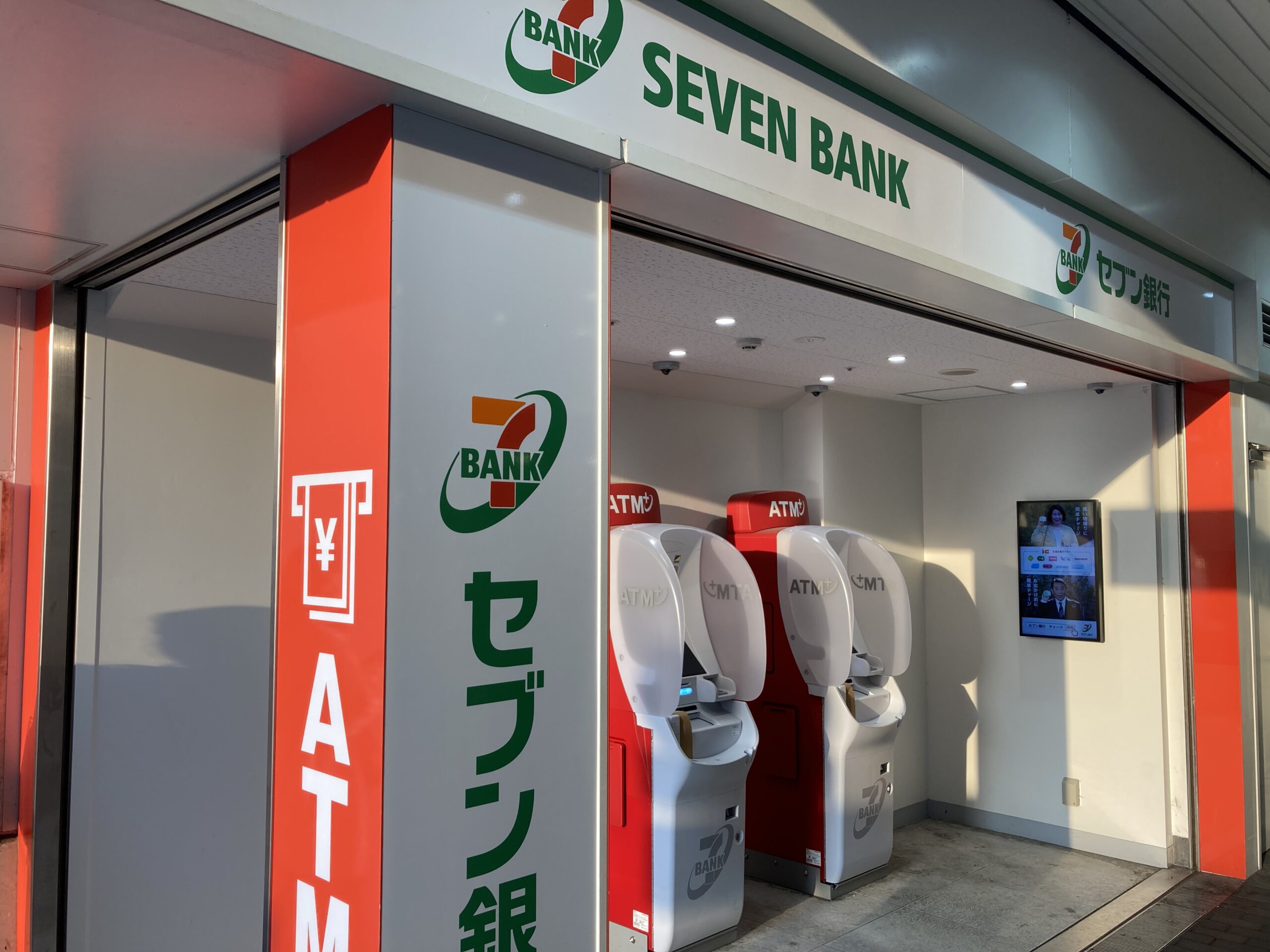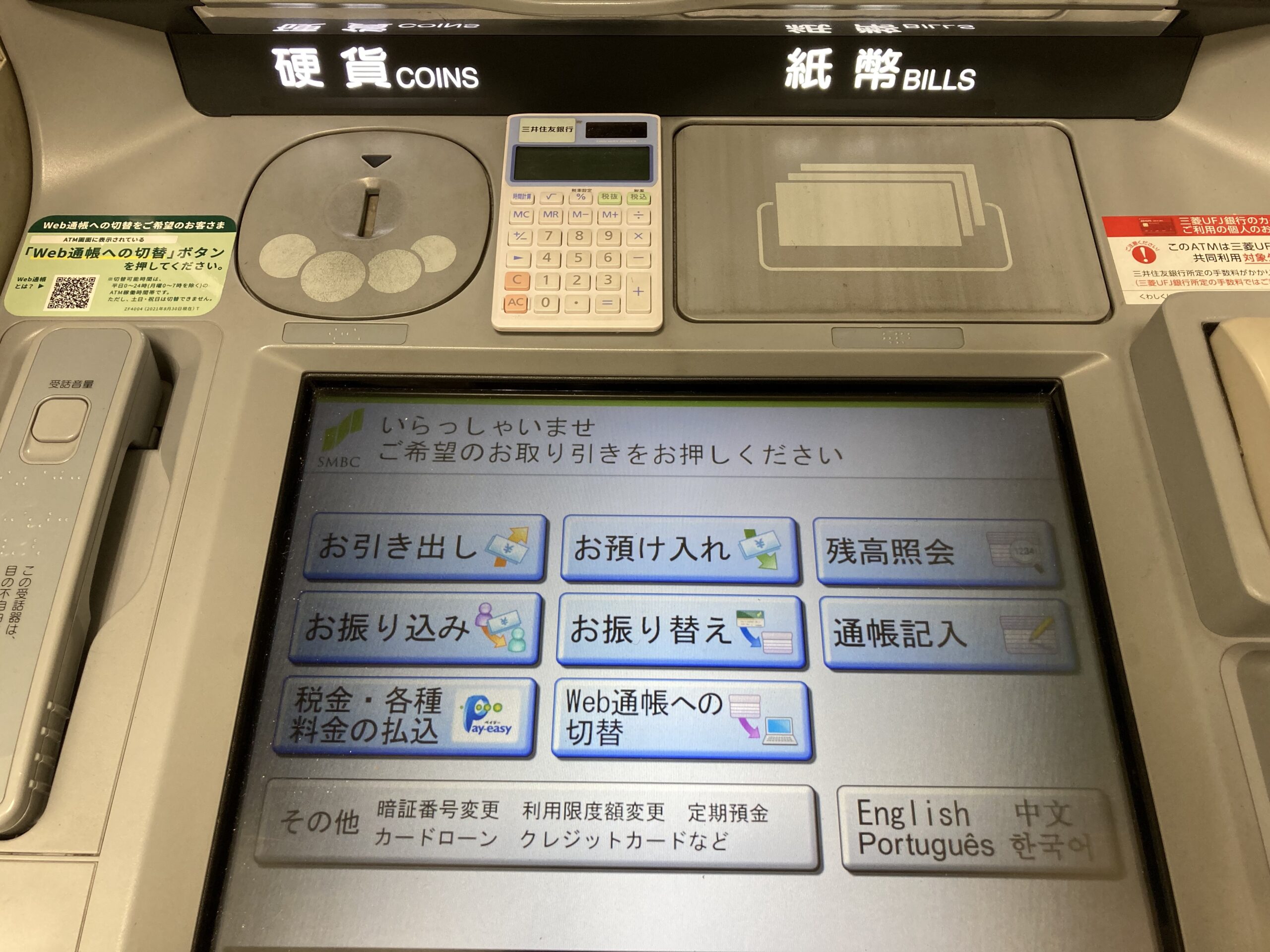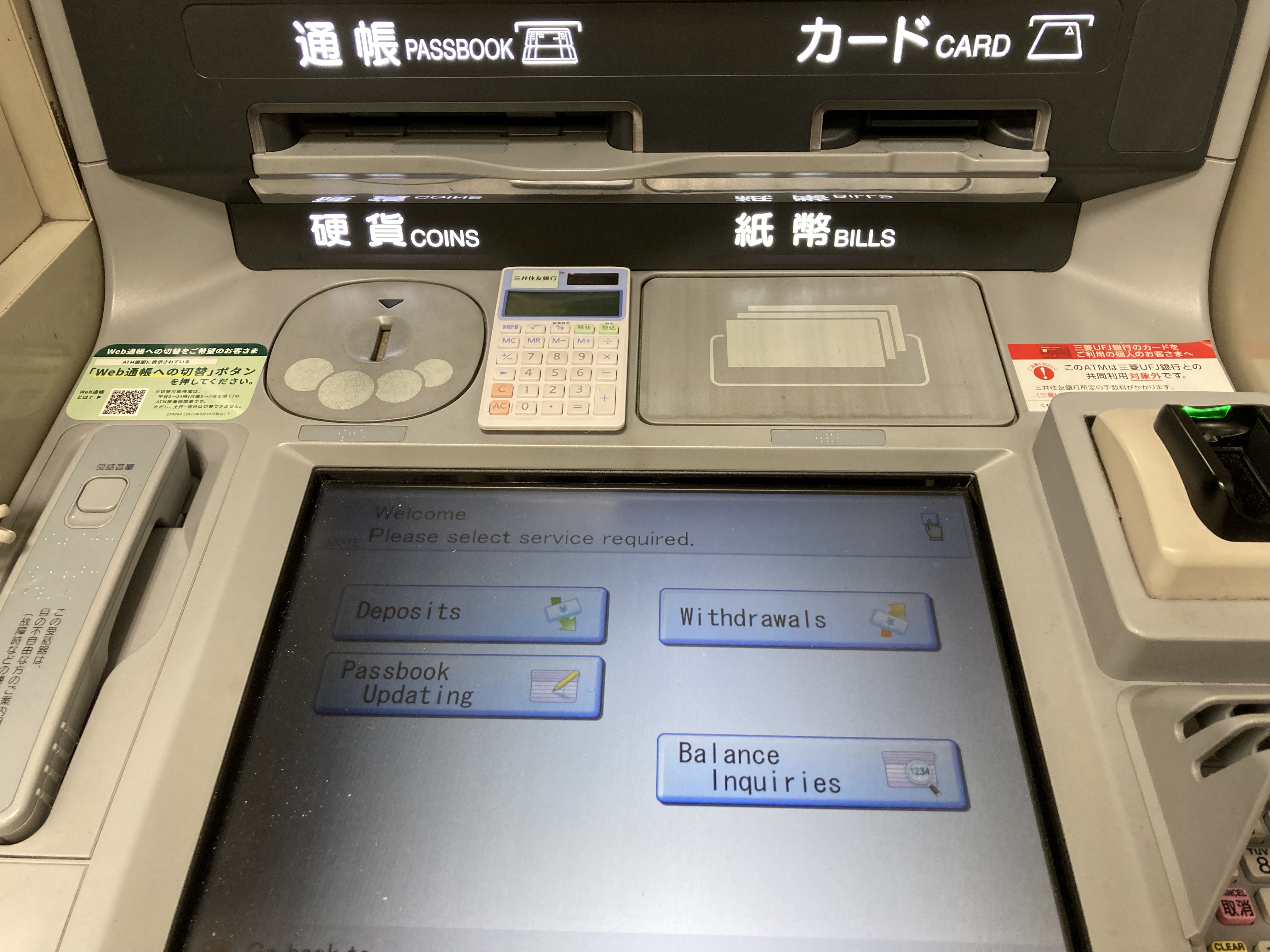Did you just arrive in Japan, or are you looking to open a bank account in Japan? This article covers basic terminology when using the ATM, bank options and other tools for getting a bank account set up in Japan.

Did you just arrive in Japan, or are you looking to open a bank account in Japan? If you have a residence card with your current address and a valid visa with a period of stay longer than three months, you will be able to open a bank account in Japan.
What does the process look like to open a bank account? What should you be aware of when using banks in Japan? This article covers basic terminology when using the ATM, bank options and other tools for getting a bank account set up in Japan.
Banking Options
Most foreigners living in Japan will recommend Japan Post Bank, or Yuucho Bank ゆうちょ銀行 as the number one choice for banking in Japan. Japan’s post office has a reliable and convenient banking system.
Shinsei Bank seems to be another top bank choice for foreigners, with various services in English. The one caveat is that you must have lived in Japan for at least six months. So if you’re willing to wait and prefer having services available in English, Shinsei Bank is a good option.
Other national reputable bank options include: Mitsui Sumitomo (SMBC), Mitsubishi UFJ (MUFJ), and Mizuho Bank. SMBC has a great banking app with English options, and you can easily connect your SMBC debit and credit card for easy transfers and purchases. The app helps you easily track your transactions, and you can make payments and transfers from the app as well.

More recently, online banking options are becoming a popular option. Seven Bank (7-11’s banking company), Sony Bank, and Rakuten Bank have great reputations in Japan. Sony Bank seems to have little to no fees for international remittances, so it is a great option for foreign residents in Japan.
Opening a Yuucho Bank (Postal Bank) Account
It is very simple to open a postal bank account and you can easily make bill payments and receive payments through this account. Because it is a national network, you can access your account from any post office in the country. The only stipulation is that you must have a residence card and your period of stay must be longer than three months. For students and technical interns, you will also be required to present your student or employee ID card to verify your employment status. More information on specifics here. You can fill out the application online and then present the printed application form and other documents at your local post office.
To open a postal bank account, you will need these items:
- Residence Card
- Passport
- Personal seal hanko (Hanko is best, but some Post Banks will accept a signature)
Opening a General Bank Account
There are two main types of bank accounts to be aware of in Japan: the Futsuu-yokin 普通預金, or general bank account and Sougou-kouza 総合口座, or savings account / deposit account. The Futsuu-yokin is the type of account used for most banking purposes. Savings accounts in Japan generate only a small amount of interest, so if you’re looking to save, most people open another general account or consider other investment options.
To open a general bank account, you will need these items:
Note: Some banks require more of these documents than others. Please check with the individual bank you are opening an account with.
- Two forms of identification- residence card, driver’s license or My Number card and passport
- Juuminhyo “Certificate of Residence”, with address and My Number
- Small amount to deposit (1000yen)
- Hanko (Some banks will accept a signature)
- Some banks require: recent utility bill or rent bill
Some banks will accept a signature, but more traditional Japanese banks require a hanko (personal seal), so bring your hanko in case.
Some banks have an option for applying online, so check your bank of choice beforehand to save time waiting at the bank counter.
Using the ATM
Below are some useful terms to know when using the ATM:

お引出し O-hikidashi, Withdrawal
お預入れ O-azukeire, Deposit
お振込 O-furikomi, Transfer cash to another bank account
お振替 O-furikae, Transfer money through personal account to another bank account
通帳記入・繰越 Tsuucho kinyu/kurikoshi, Passbook update
残高照会Zandakashoukai, Balance inquiry
ご送金 Go-okuri kin, Payments
定額・定期お預け入り Teigaku/teiki o-azuke iri, Fixed amount deposit

Some bank ATMS have an option for an English menu, but the options are usually more limited than the Japanese menu.
Bank Transaction Passbook
In Japan, keeping track of your withdrawals and deposits is done with a passbook, called a tsuucho 通帳. When you apply for a bank account, you will receive a passbook for transactions. When you go to the bank, you can use either your cash card or passbook to deposit or withdraw money.
Unless you opt for the online “no passbook” option, you will want to carry your passbook with you when dealing with transactions at the bank. After about 20 transactions that haven’t been updated in the passbook, the bank will warn you to update your passbook.
Now that you know a little more about banking in Japan, you can do some research and open a bank account that fits all of your needs.



